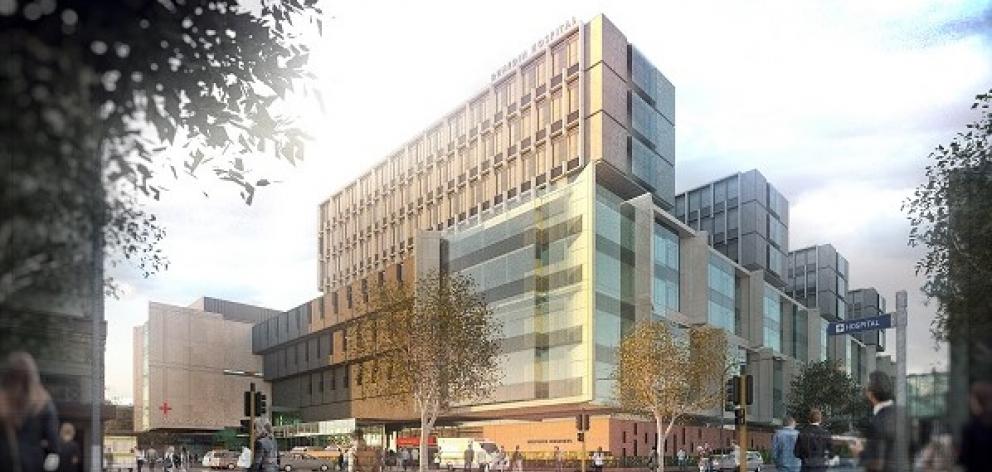
Across differing regions, medical institutions — often referred to as anchor institutions — play a major role in the social and economic vitality of cities. This time last year, New Zealand district health boards employed nearly 26,000 nurses and 2300 medical officers, a significant proportion of New Zealand’s skilled staff. The 2017 numbers were 54% higher than nine years ago. The Dunedin-based Southern DHB employs more than 3000 people alone.
Also, hospitals spend large amounts of money on goods and services and generate billions of dollars of economic activity. The economic activity of having 1000 workers on site at its peak will mean the hospital rebuild will have an enormous economic benefit to the city and the region. Hopefully, there will be construction firms with enough workers and expertise to be on site.
Having a first-class hospital in Dunedin has been on the minds of residents and politicians alike. From as far back as the 1990 election, rumours of a downgrade for the hospital have been swirling. It took strong action from local activists to ensure a former National government committed to leaving the University of Otago Medical School here in the city.
A downgrade would have seen the slow decline of the city. Fortunately, it did not happen and the city now faces a pipeline of development. The new hospital will be built right in the central city where residents can see the progress with their own eyes.
The case for the rebuild is strong. As the Otago Daily Times has reported previously, there is no choice but to build a new facility. The current facility is run down, almost not fit for purpose.
Health Minister David Clark, also the Dunedin North MP, and his predecessor Pete Hodgson, have returned the faith of voters by committing to the hospital. Dr Clark seems to have found large underfunding in the health sector and how easy it would have been for him, as Associate Finance Minister, to delay the project.
Fortunately, the South has been recognised as needing a top-class health facility. And work will now begin on the next stage of the development.
There is a real chance to turn Dunedin into one of the world’s leading innovators of healthcare.
However, on the down side, news Cadbury World will close with the loss of 39 jobs takes some of the gloss off what is otherwise an exciting announcement for the city.
Mr Hodgson is known to have been studying creating a renewable energy scheme to power the hospital, university and nearby buildings.
Rejecting a public-private partnership on ideological grounds may come back to hurt Labour. The touted $1.4 billion cost for the new hospital will inevitably grow in a decade. Housing Minister Phil Twyford has already bemoaned the fact of construction materials being more expensive in New Zealand than Australia.
Add in rising inflation of 2% a year, unexpected costs from building on reclaimed land, and likely cost overruns, it is not difficult to see the $1.4 billion ballooning. Forsyth Stadium is a case in point.
The building will not only be the largest in Dunedin but also one of the most complex and challenging construction projects ever seen in New Zealand. That in itself is a case for caution.
Construction will start before the 2020 election and the planned date for completion is 2026. To ensure progress does not drift, there will need to be a set of stringent targets for achieving each stage of the project.
Dunedin also needs political reassurance a change of government before 2026 will not mean delays in the completion of the hospital.
Dr Clark says the central city site was chosen to maintain the compact and central nature of Dunedin’s health and education facilities while giving flexibility for the final design and allowing for further development later.
When it is finished, the hospital will be the most modern in New Zealand. For the moment, it is time to celebrate what is a major milestone for Dunedin.












